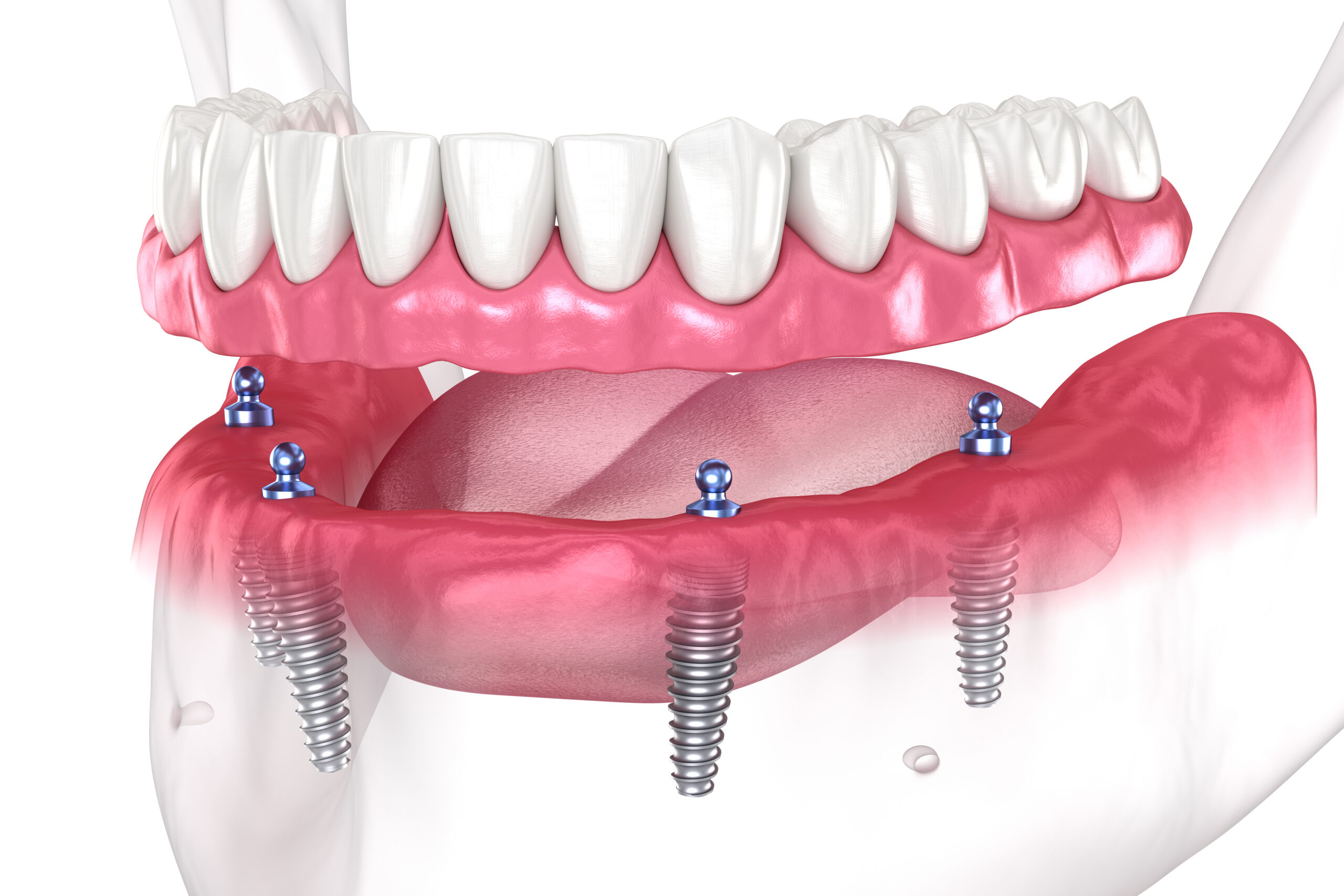A Biased View of Dental Sense
A Biased View of Dental Sense
Blog Article
The Basic Principles Of Dental Sense
Table of ContentsFacts About Dental Sense UncoveredThe Greatest Guide To Dental SenseAn Unbiased View of Dental SenseUnknown Facts About Dental Sense
are clinical tools operatively dental implanted right into the jaw to restore a person's ability to chew or their look. They give support for synthetic (fake) teeth, such as crowns, bridges, or dentures. When a tooth is lost as a result of injury or illness, a person can experience difficulties such as rapid bone loss, faulty speech, or adjustments to eating patterns that lead to pain.Oral implant systems contain an oral implant body and oral implant joint and may additionally include an abutment fixation screw. Root canal procedure. The oral implant body is surgically put in the jawbone instead of the tooth's origin. The dental implant joint is typically affixed to the implant body by the abutment addiction screw and extends with gums right into the mouth to sustain the affixed synthetic teeth
(https://zenwriting.net/dentalsense1/nnlwgn0f4v)Structure of The Dental Implant System choosing dental implants, talk with your oral copyright concerning the possible advantages and dangers, and whether you are a candidate for the treatment. Things to take into consideration: Your overall health is an essential variable in establishing whether you are a great prospect for dental implants, the length of time it will certainly require to recover, and how much time the dental implant might remain in area.
Smoking may impact the recovery process and lower the long-term success of the implant. The healing process for the dental implant body might take several months or longer, throughout which time you generally have a momentary abutment instead of the tooth. the oral implant procedure: Carefully adhere to the oral health instructions offered to you by your oral provider.
The 2-Minute Rule for Dental Sense
Implant failure can result in the need for another surgery to repair or change the dental implant system. Recovers the ability to eat Recovers cosmetic look Helps maintain the jawbone from diminishing due to bone loss Preserves the wellness of the surrounding bone and gum tissues Assists keep adjacent (nearby) teeth steady Improves top quality of life Damages to bordering natural teeth throughout implant placement Injury to the surrounding cells during surgical treatment, such as sinus opening Injury throughout surgical treatment (for instance, crack of surrounding jawbone) Inadequate function, such as seeming like the teeth do not attack together generally A feeling that the tooth is loose or turning in position resulting from an abutment screw loosening Implant body failing (looseness of the implant body) as a result of systemic infection, which might be a lot more likely in clients with uncontrolled diabetics issues because of regional infection in bone and gum tissues get more supporting the implant body due to postponed recovery, which might be more probable in people that smoke Trouble cleaning up the gums around the implant, resulting in inadequate dental health Neglected gum illness Post-surgical numbness due to nerve impingement or damages Constantly alert health care providers and imaging professionals that you have oral implants before any type of magnetic vibration imaging (MRI) or x-ray treatments.
FDA is not aware of any type of adverse occasions reported for MRI or x-ray treatments with dental implants. Dental implants systems are commonly made from materials that follow worldwide consensus standards of the International Company for Standardization (ISO) or ASTM International. These standards have details of what makes a safe material.

A dental implant is a structure that replaces a missing out on tooth. With screw-like devices, the surgeon inserts an implant into the jawbone, and it serves as an anchor for an artificial tooth, called a crown. A tool called an abutment connects the fabricated tooth to the dental implant. The crown is customized to fit the person's mouth and match the color of their teeth.
Little Known Facts About Dental Sense.
Some people are not eligible for oral implant surgical treatment. It is for oral surgeons to operate on individuals with: acute illnessuncontrollable metabolic diseasebone or soft tissue condition or infectionIf these problems are settled, an individual can have the surgical treatment. In, dental surgeons avoid running on people with: If individuals with any one of the above go through oral implant surgical treatment, there is a greater risk of the dental implant stopping working.

Dental implant surgical procedure is a personalized procedure. It's not the same for everyone. But the following offers a general summary of what you can anticipate your dental practitioner, dental cosmetic surgeon, periodontist or prosthodontist to do: Put the dental implant surgically. Offer you time to recover. Connect the post and last crown, bridge or denture.
Next, your cosmetic surgeon will meticulously place the dental implant into your jaw. Your surgeon will rearrange your gums and close the laceration with stitches. If your implant is near the front of your mouth, your dental practitioner will certainly make a temporary tooth for you to use till you heal. That way, you won't have a void in your smile while you recoup.
Getting My Dental Sense To Work
Throughout the healing phase, your jawbone must fuse to the oral implant. This process can take anywhere from three to nine months.
Once your implant heals, your dental expert can connect the joint (tiny port message) and your final restoration (crown, bridge or denture). This normally takes about one hour to finish and might call for a second small surgical treatment. You shouldn't really feel any pain during your dental implant procedure since your copyright will certainly use medicine to numb your gum tissues.
Report this page